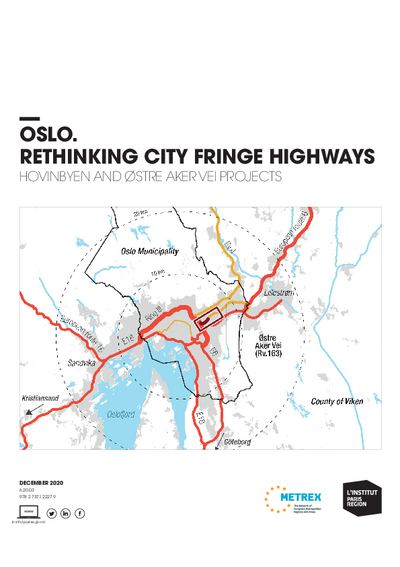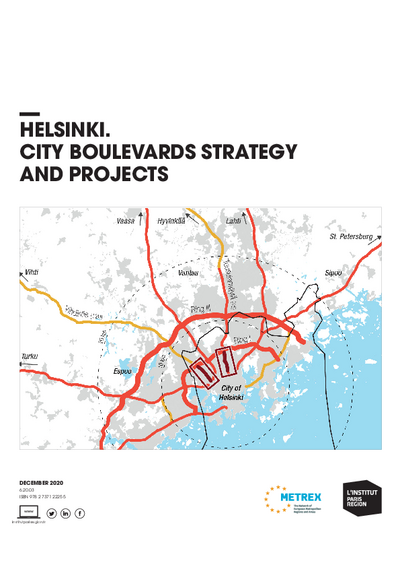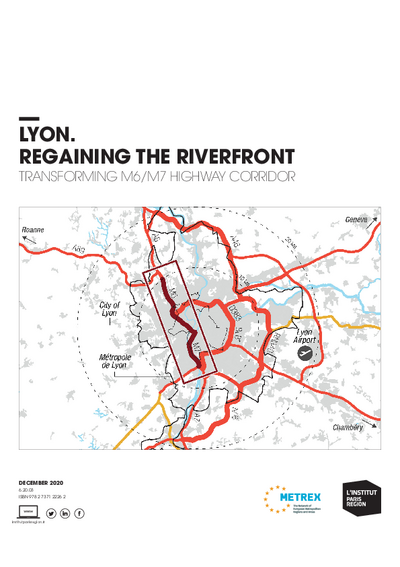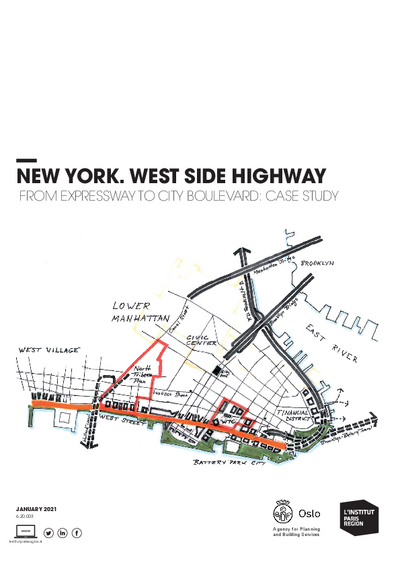Oslo. Rethinking city fringe highways
Oslo is one of the fastest growing cities in Europe today. In 2019, population reached 680,000 in the City and 1.3 million in the former Akershus region (now part of Viken). The City’s population has increased by 22 percent over the last ten years and keeps on growing at a rapid pace. For several decades, the urban development has been supported by the construction of heavy infrastructure, including urban highways, through successive political agreements, the famous Oslo Packages.
Since the 1990s, local authorities have initiated a shift towards a more sustainable development, advocating for a more compact city and a transit-oriented expansion pattern. In response to the anticipated growth, the regeneration of Hovinbyen has been decided by the municipality. Located at the entrance of the Grorud Valley, Oslo’s socially deprived eastern fringe, the area suffers from a fragmented urbanism caused by transport infrastructure and zoning. Land-use includes low-density housing and a large part of logistics, retail and industrial activities. Mobility in the valley relies largely on car-use, with large heavy goods traffic volumes.
Hovinbyen is Oslo’s largest urban development project, planned to become a new centrality with 80,000 more inhabitants and up to 100,000 new jobs. This regeneration project questions the presence of segregated highways in Hovinbyen, and by extension, in the Grorud Valley as a better urban integration is a prerequisite for the redevelopment of the area.
This case study examines the projected transformation of the national road Østre Aker vei (Rv.163), in central Hovinbyen into a pacified boulevard as a driver for the mix-use regeneration of the Haraldrud industrial area. This project raises interesting questions about investment priorities such building more roads for heavy-goods traffic versus improving the living environment or encouraging urban regeneration, and the need for close cooperation between national, regional and city authorities for a larger scale vision of the future of Oslo region’s eastern fringe.
This study is linked to the following themes :
International |
Urban planning




